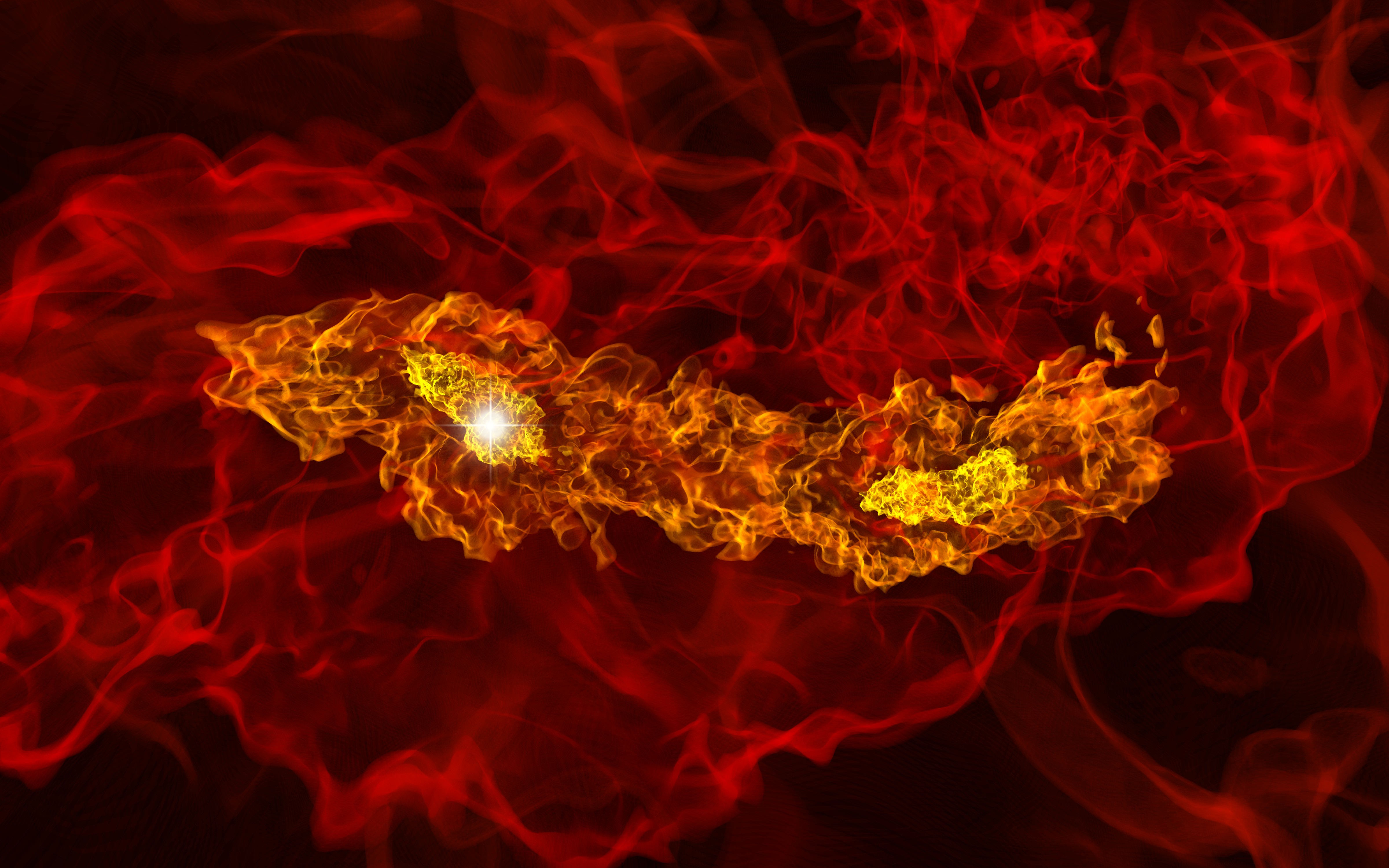
© Starry Night softwareVenus and Mars in the eastern predawn sky this weekend at around 3:30 a.m. local time (wherever you are). Venus is unmistakably bright. The scene does not change much in coming days.
Two planets are prominent in the predawn sky these July mornings. They are brilliant Venus and the much dimmer Mars.
Actually, these two planets have spent the past couple of months rather close to each other in our sky, but since late June they have gradually been pulling apart, with Venus slowly moving away to the east.
Nonetheless, both planets appear in the same general region, low in the eastern sky a couple of hours before sunrise [
Map]. Over these past couple of months, both planets have also been shifting east against the zodiacal constellations, and now they both can be seen against the rich backdrop of stars that make up Taurus, the Bull.



